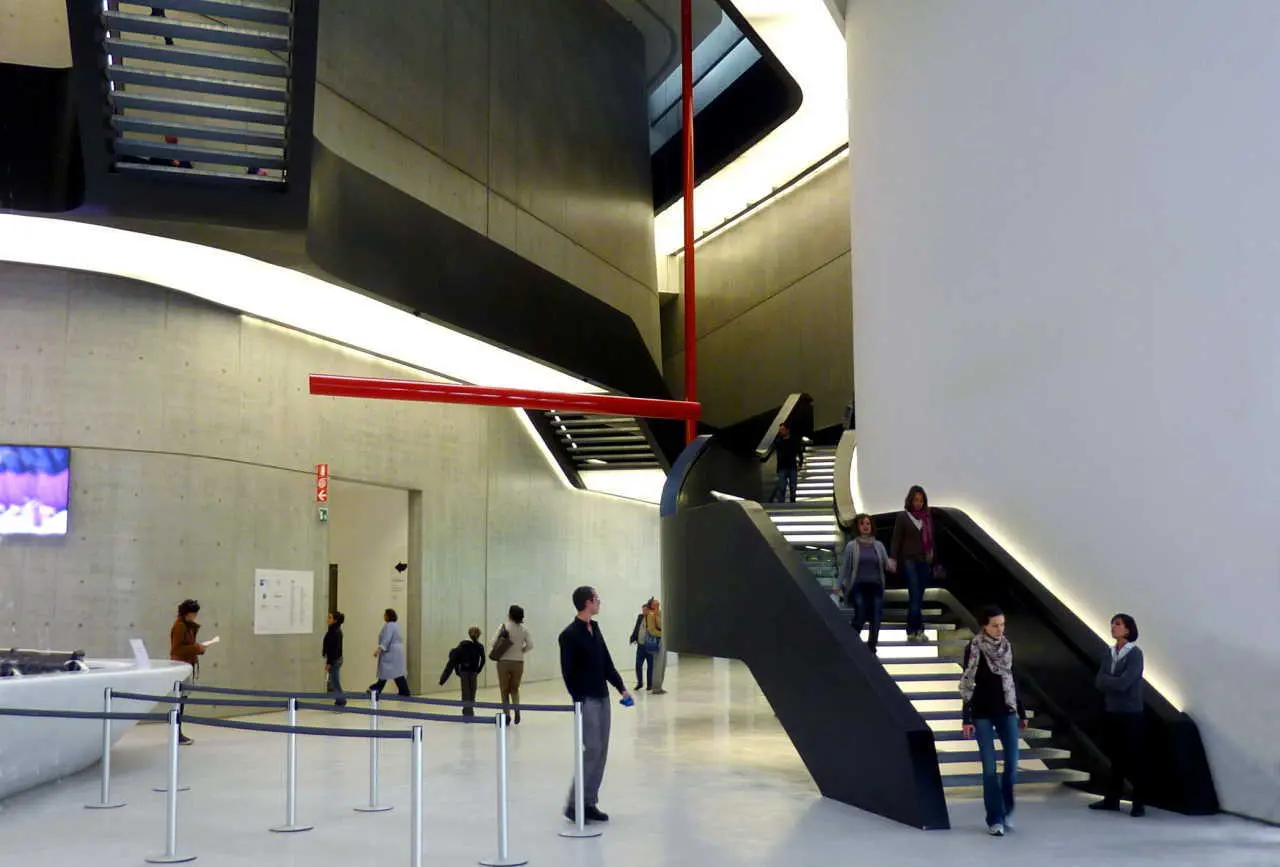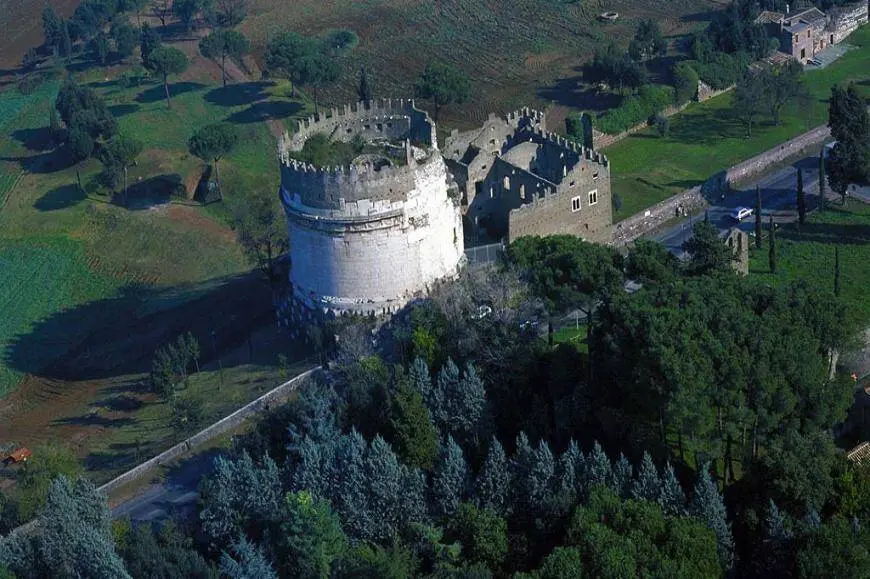Rione Monti Rome
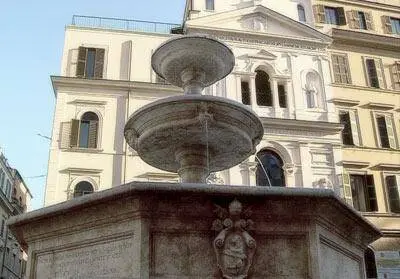
Monti, the first quarter of Rome
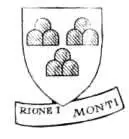 The first quarter of Rome is “Monti” (mounts), so called as its confines once comprised the Esquilino, Viminal, part of the Quirinal and the Celio hills.
The first quarter of Rome is “Monti” (mounts), so called as its confines once comprised the Esquilino, Viminal, part of the Quirinal and the Celio hills.
This is why the quarter together with its monuments and vestiges from antiquity offers a fairly complete overview of the city’s different periods, from the Republican to the Imperial period, and the Middle Ages to the Renaissance and Baroque, a succession of styles that covers 2500 years of history.
Today the main area of the Monti quarter is characterized by narrow lanes, seldom flat, that mark the pattern of a city made of tall palaces from different ages, buildings whose plasters were scratched by the time and darkened by pollution, where craftsman workshops, night clubs, art galleries find their place: it is the ancient Roman Svbvra, today Suburra (the word means ” inhabited area under the city”, and this is actually the impression you have going downstairs to Piazza della Suburra from Via Cavour, in proximity of the B line metro station, or going upstairs the “Salita de’ Borgia” to reach the Church of San Pietro in Vincoli, or even walking down Via Nazionale along Via dei Serpenti or Via del Boschetto… )
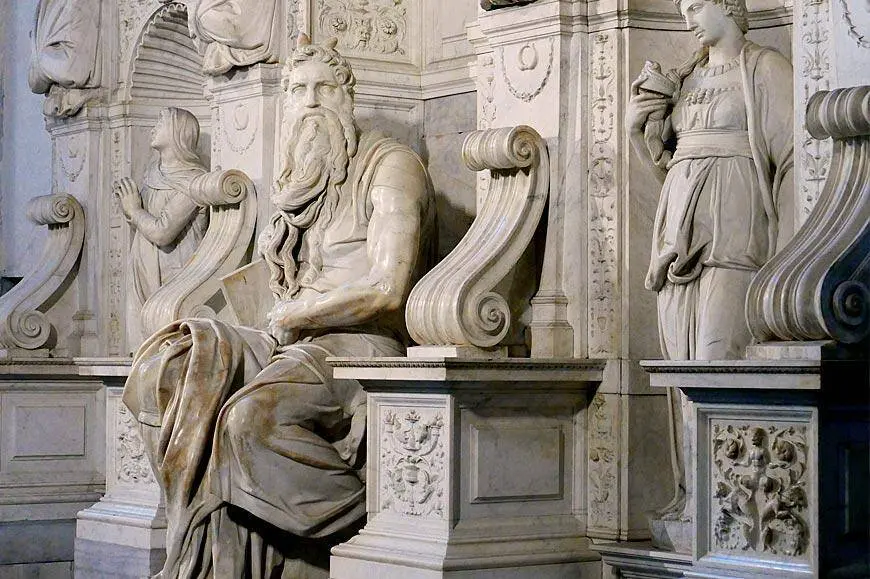
This up-and-down going invites to visit the quarter on foot, privileged means to live and experience the atmosphere of one of the most appealing areas of the Capital and appreciate its archaeological monuments, starting from the Colosseum to the Ludus Magnus- the arena of gladiators – to the Domus Aurea, the Baths of Trajan, the Fora of Emperors Augustus, Nerva and Trajan with the adjacent Markets, sections of the Servian and Aurelian walls (with the Asinara gate), the Baths of Titus, the rests of the aqueduct of Claudius, the Church of San Pietro in Vincoli which houses Michelangelo’s Moses, the Church of Santa Francesca Romana, the Papal Palace, the Egyptian Obelisk, the Santa Sanctorum, the Holy Stair, the Basilica of St. John in Lateran, the Church of St. Clemente, St. Martino ai Monti, the medieval Basilica of St. Mary Major, medieval vestiges as the Leonian triclinium, the Lateran Baptistry, the Church of St. Stefano Rotondo, the Conti tower, the house of the Knights of Rodi, the Church of St. Prassede, the Capocci towers and some masterpieces of the Roman baroque such as the churches of St. Andrew on the Quirinal and St. Carlino alle Quattro Fontane…
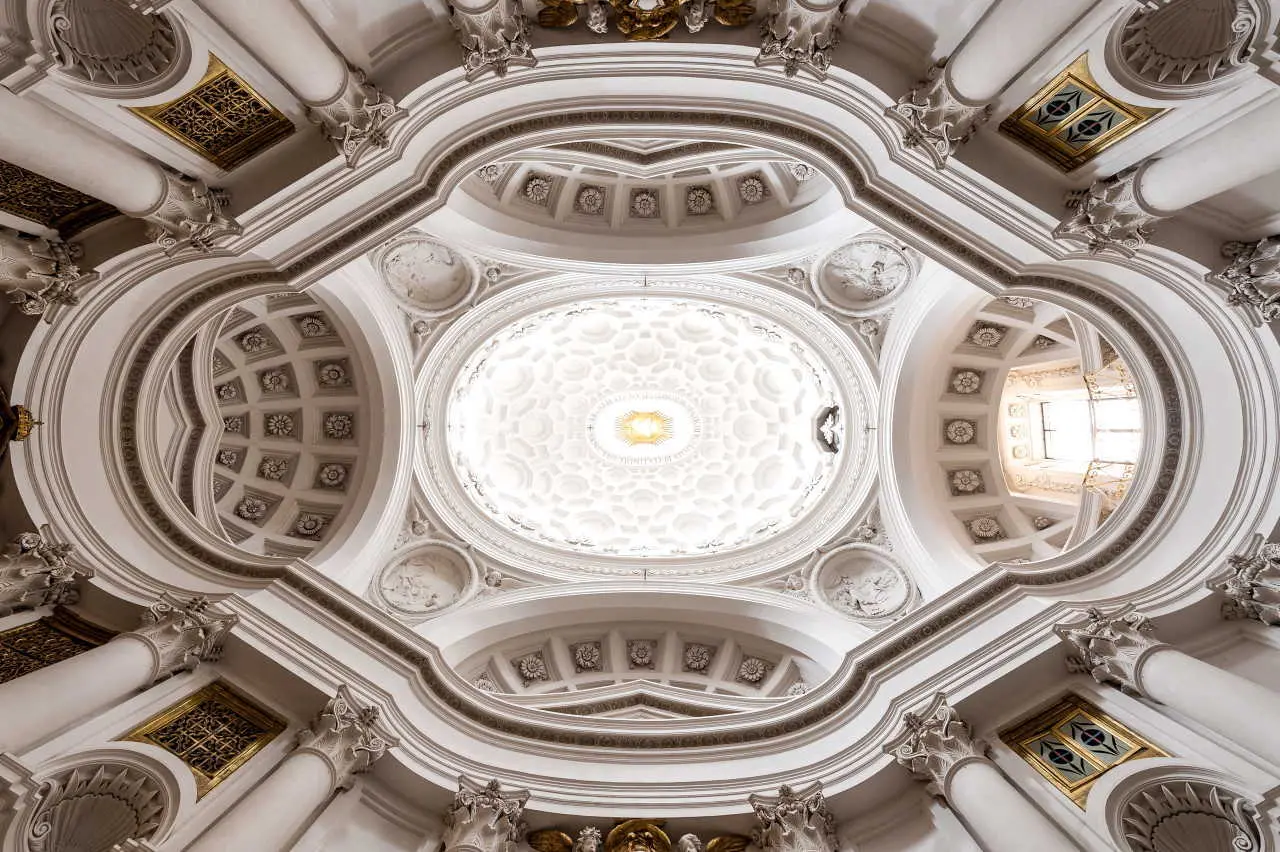
The Svbvra
The Svbvra becomes part of the city area of Ancient Rome when the king of Etruscan origin Servio Tullio elects it for his own residence. It is the most authentic and popular area of the City, the place of the social and human contradictions of the capital of the Empire, overcrowded, dirty, noisy and above all dangerous, expecially because of numerous fires and downfalls of the insulae, high buildings that reached five stores where an unlimited number of poor families lived amassed in rented apartments, in the uproar of noises and colors. Substantial changes happen only under Sisto V (1585/1590), that realizes the aqueduct Felix, sets via Panisperna and outlines via dei Serpenti.
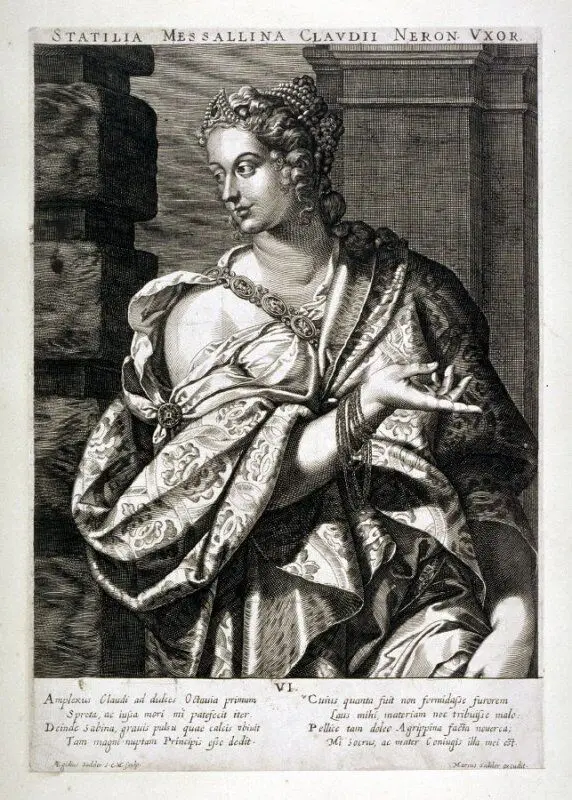
In the Subura there were- and some left illegally are found still today – ill-famed brothels, unsafe taverns and inns. The same Julius Caesar was born in the Svbvra, and according to tradition Nero came often disguised as a plebeian in order to test humors of the poorest classes, and also Messalina came here incognito in search of transgression.
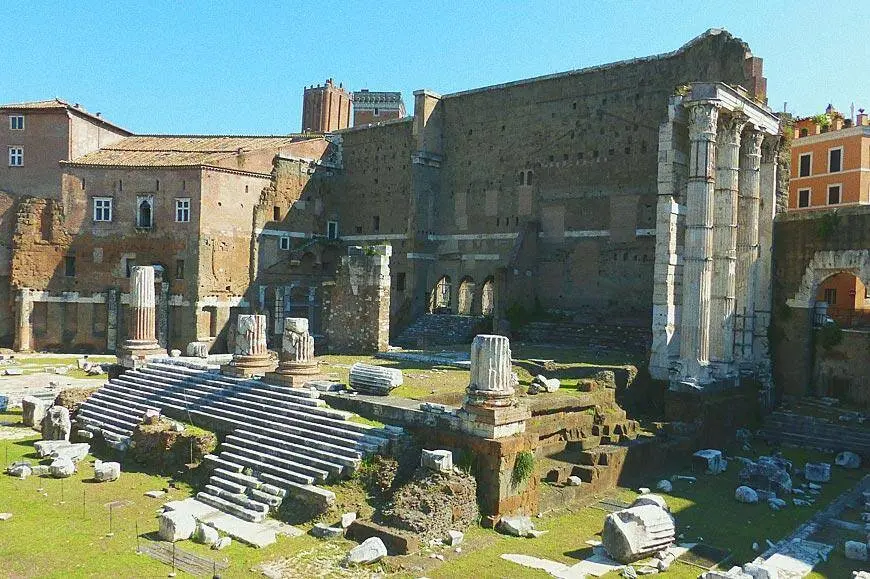
Argiletum
Even if characterized by turbulent and popular inhabitants, the Subura became part of the IV Region the Templum Pacis – whose northern border coincided with the ancient Clivus Suburanus (today Via dei Selci) – when Caesar Augustus, (elected Emperor by the Senate in 29 B.C), gave an urban planning to the city, that was so ordered in fourteen regions. The Clivus Suburanus was a branch of the so-called Argiletum: a long street that after covering the Suburana Valley, near the summit of the Cispius hill (that together with the Fagutal and the Oppius hill formed the Esquilin hill), forked into the Vicus Patricius (today Via Urbana) and the Clivus Suburanus. The ancient path of the Argiletum is covered today by the main street of the area, Via Madonna dei Monti, faced by medieval buildings, houses dating back to the 1600’s and palaces of the 1700’s, today homes of a population proud to live in the first quarter of Rome and to preserve in the language, in the habits, in the customs and in the art trades the values of old Rome. (La grande guida dei rioni di Roma, Rione I Monti, Alberto Manodori, p.37).

Private Tours of Rome
-
Highlights of Rome by Car in one day Private Tour
Private Tours of Rome 222,00€ – 615,00€Discover the major attractions of Rome with who live there! Full day Private Tour of the Highlights of Rome
Ask for PROMO code
Rome | Private Tour | Luxury Car | 6 hrs.
Add to Cart This product has multiple variants. The options may be chosen on the product page -
Ancient Basilicas and the Catacombs of Rome
Pilgrimages in Italy 183,00€ – 408,00€Christian Rome and the Catacombs - Private tour, an itinerary retracing the history of Christianity in Rome
Rome | Private vehicle | Expert guide | 4 hours
Add to Cart This product has multiple variants. The options may be chosen on the product page -
Photography Tour of Rome at Sunrise
Private Tours of Rome 106,00€ – 438,00€A unique experience to capture the essence of Rome at dawn!
Request the PROMO code!
Rome | Privat Guide | Auto- Golf Car | 3 hours
Add to Cart This product has multiple variants. The options may be chosen on the product page
